Moayad Aloqaily
An Incremental Gray-box Physical Adversarial Attack on Neural Network Training
Feb 20, 2023


Abstract:Neural networks have demonstrated remarkable success in learning and solving complex tasks in a variety of fields. Nevertheless, the rise of those networks in modern computing has been accompanied by concerns regarding their vulnerability to adversarial attacks. In this work, we propose a novel gradient-free, gray box, incremental attack that targets the training process of neural networks. The proposed attack, which implicitly poisons the intermediate data structures that retain the training instances between training epochs acquires its high-risk property from attacking data structures that are typically unobserved by professionals. Hence, the attack goes unnoticed despite the damage it can cause. Moreover, the attack can be executed without the attackers' knowledge of the neural network structure or training data making it more dangerous. The attack was tested under a sensitive application of secure cognitive cities, namely, biometric authentication. The conducted experiments showed that the proposed attack is effective and stealthy. Finally, the attack effectiveness property was concluded from the fact that it was able to flip the sign of the loss gradient in the conducted experiments to become positive, which indicated noisy and unstable training. Moreover, the attack was able to decrease the inference probability in the poisoned networks compared to their unpoisoned counterparts by 15.37%, 14.68%, and 24.88% for the Densenet, VGG, and Xception, respectively. Finally, the attack retained its stealthiness despite its high effectiveness. This was demonstrated by the fact that the attack did not cause a notable increase in the training time, in addition, the Fscore values only dropped by an average of 1.2%, 1.9%, and 1.5% for the poisoned Densenet, VGG, and Xception, respectively.
Harris Hawks Feature Selection in Distributed Machine Learning for Secure IoT Environments
Feb 20, 2023



Abstract:The development of the Internet of Things (IoT) has dramatically expanded our daily lives, playing a pivotal role in the enablement of smart cities, healthcare, and buildings. Emerging technologies, such as IoT, seek to improve the quality of service in cognitive cities. Although IoT applications are helpful in smart building applications, they present a real risk as the large number of interconnected devices in those buildings, using heterogeneous networks, increases the number of potential IoT attacks. IoT applications can collect and transfer sensitive data. Therefore, it is necessary to develop new methods to detect hacked IoT devices. This paper proposes a Feature Selection (FS) model based on Harris Hawks Optimization (HHO) and Random Weight Network (RWN) to detect IoT botnet attacks launched from compromised IoT devices. Distributed Machine Learning (DML) aims to train models locally on edge devices without sharing data to a central server. Therefore, we apply the proposed approach using centralized and distributed ML models. Both learning models are evaluated under two benchmark datasets for IoT botnet attacks and compared with other well-known classification techniques using different evaluation indicators. The experimental results show an improvement in terms of accuracy, precision, recall, and F-measure in most cases. The proposed method achieves an average F-measure up to 99.9\%. The results show that the DML model achieves competitive performance against centralized ML while maintaining the data locally.
Energy Pricing in P2P Energy Systems Using Reinforcement Learning
Oct 24, 2022



Abstract:The increase in renewable energy on the consumer side gives place to new dynamics in the energy grids. Participants in a microgrid can produce energy and trade it with their peers (peer-to-peer) with the permission of the energy provider. In such a scenario, the stochastic nature of distributed renewable energy generators and energy consumption increases the complexity of defining fair prices for buying and selling energy. In this study, we introduce a reinforcement learning framework to help solve this issue by training an agent to set the prices that maximize the profit of all components in the microgrid, aiming to facilitate the implementation of P2P grids in real-life scenarios. The microgrid considers consumers, prosumers, the service provider, and a community battery. Experimental results on the \textit{Pymgrid} dataset show a successful approach to price optimization for all components in the microgrid. The proposed framework ensures flexibility to account for the interest of these components, as well as the ratio of consumers and prosumers in the microgrid. The results also examine the effect of changing the capacity of the community battery on the profit of the system. The implementation code is available \href{https://github.com/Artifitialleap-MBZUAI/rl-p2p-price-prediction}{here}.
Integrating Digital Twin and Advanced Intelligent Technologies to Realize the Metaverse
Oct 03, 2022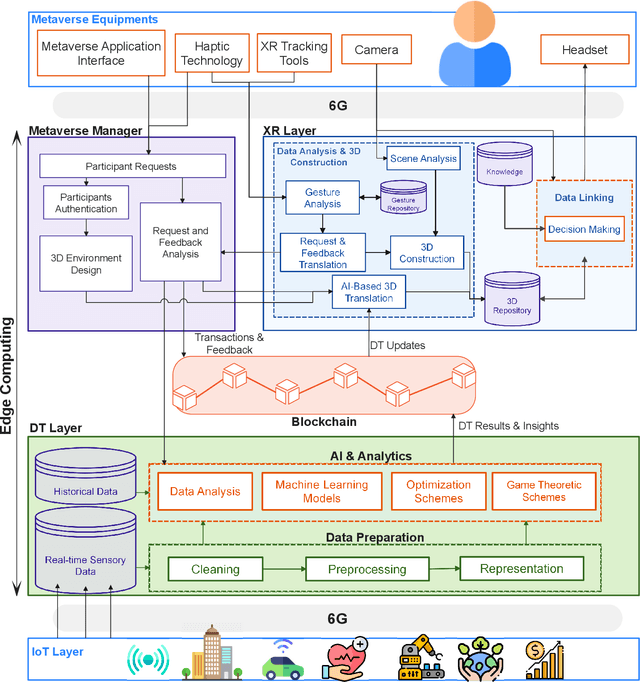
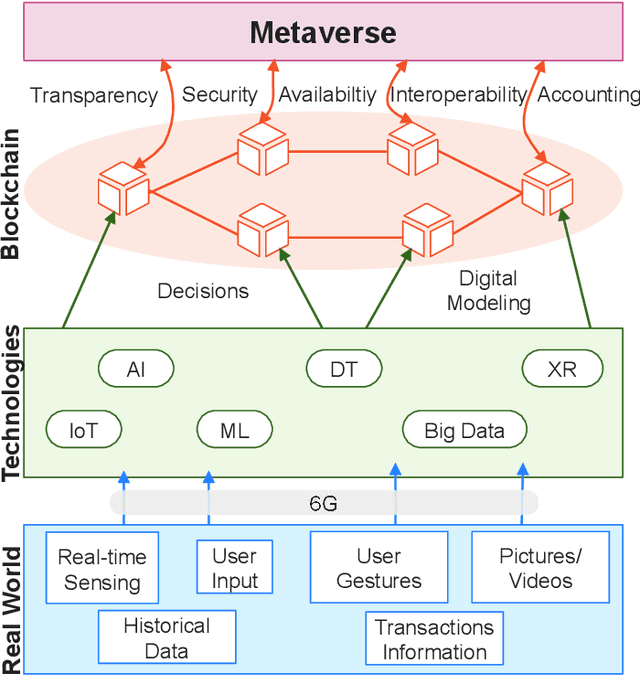
Abstract:The advances in Artificial Intelligence (AI) have led to technological advancements in a plethora of domains. Healthcare, education, and smart city services are now enriched with AI capabilities. These technological advancements would not have been realized without the assistance of fast, secure, and fault-tolerant communication media. Traditional processing, communication and storage technologies cannot maintain high levels of scalability and user experience for immersive services. The metaverse is an immersive three-dimensional (3D) virtual world that integrates fantasy and reality into a virtual environment using advanced virtual reality (VR) and augmented reality (AR) devices. Such an environment is still being developed and requires extensive research in order for it to be realized to its highest attainable levels. In this article, we discuss some of the key issues required in order to attain realization of metaverse services. We propose a framework that integrates digital twin (DT) with other advanced technologies such as the sixth generation (6G) communication network, blockchain, and AI, to maintain continuous end-to-end metaverse services. This article also outlines requirements for an integrated, DT-enabled metaverse framework and provides a look ahead into the evolving topic.
Towards Smart City Security: Violence and Weaponized Violence Detection using DCNN
Jul 26, 2022
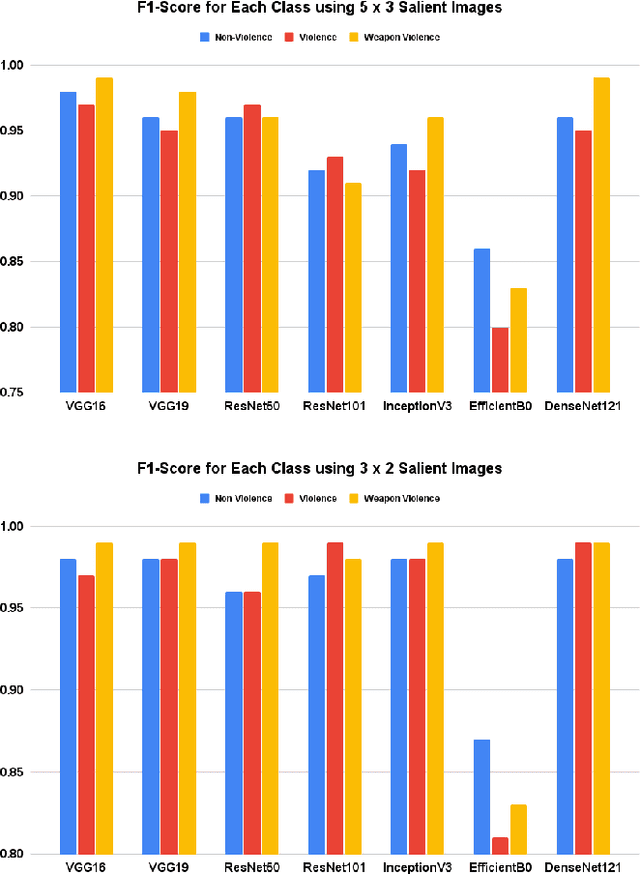
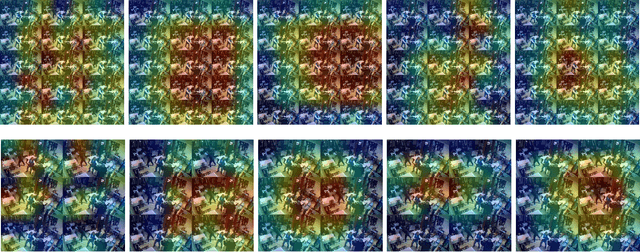

Abstract:In this ever connected society, CCTVs have had a pivotal role in enforcing safety and security of the citizens by recording unlawful activities for the authorities to take actions. In a smart city context, using Deep Convolutional Neural Networks (DCNN) to detection violence and weaponized violence from CCTV videos will provide an additional layer of security by ensuring real-time detection around the clock. In this work, we introduced a new specialised dataset by gathering real CCTV footage of both weaponized and non-weaponized violence as well as non-violence videos from YouTube. We also proposed a novel approach in merging consecutive video frames into a single salient image which will then be the input to the DCNN. Results from multiple DCNN architectures have proven the effectiveness of our method by having the highest accuracy of 99\%. We also take into consideration the efficiency of our methods through several parameter trade-offs to ensure smart city sustainability.
Internet of Behavior (IoB) and Explainable AI Systems for Influencing IoT Behavior
Sep 15, 2021
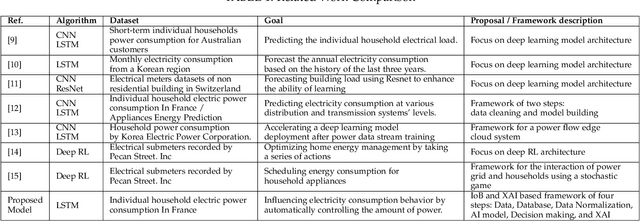
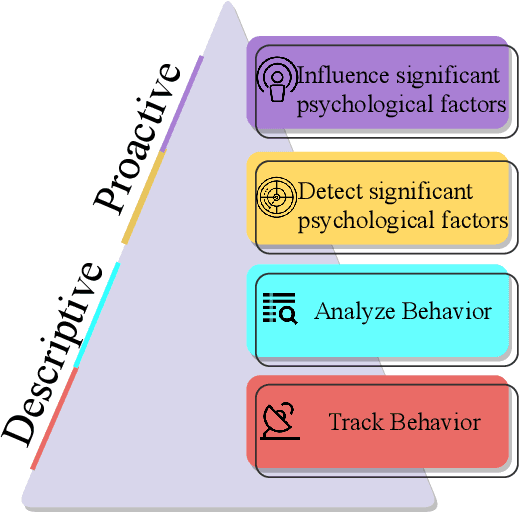
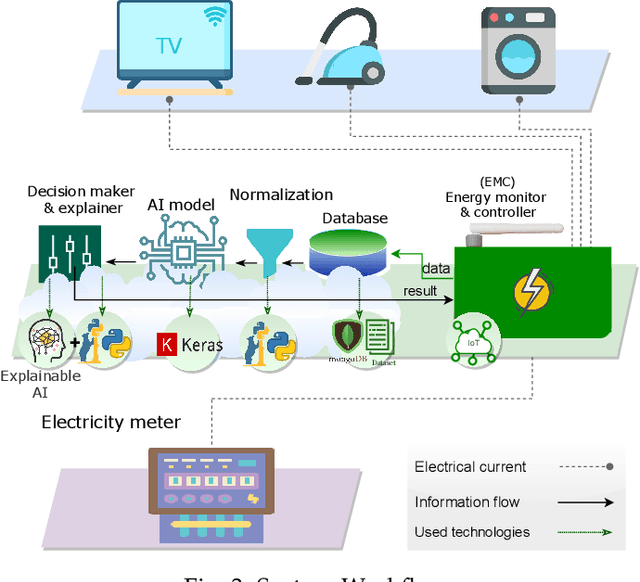
Abstract:Pandemics and natural disasters over the years have changed the behavior of people, which has had a tremendous impact on all life aspects. With the technologies available in each era, governments, organizations, and companies have used these technologies to track, control, and influence the behavior of individuals for a benefit. Nowadays, the use of the Internet of Things (IoT), cloud computing, and artificial intelligence (AI) have made it easier to track and change the behavior of users through changing IoT behavior. This article introduces and discusses the concept of the Internet of Behavior (IoB) and its integration with Explainable AI (XAI) techniques to provide trusted and evident experience in the process of changing IoT behavior to ultimately improving users' behavior. Therefore, a system based on IoB and XAI has been proposed in a use case scenario of electrical power consumption that aims to influence user consuming behavior to reduce power consumption and cost. The scenario results showed a decrease of 522.2 kW of active power when compared to original consumption over a 200-hours period. It also showed a total power cost saving of 95.04 Euro for the same period. Moreover, decreasing the global active power will reduce the power intensity through the positive correlation.
Edge Intelligence for Empowering IoT-based Healthcare Systems
Mar 22, 2021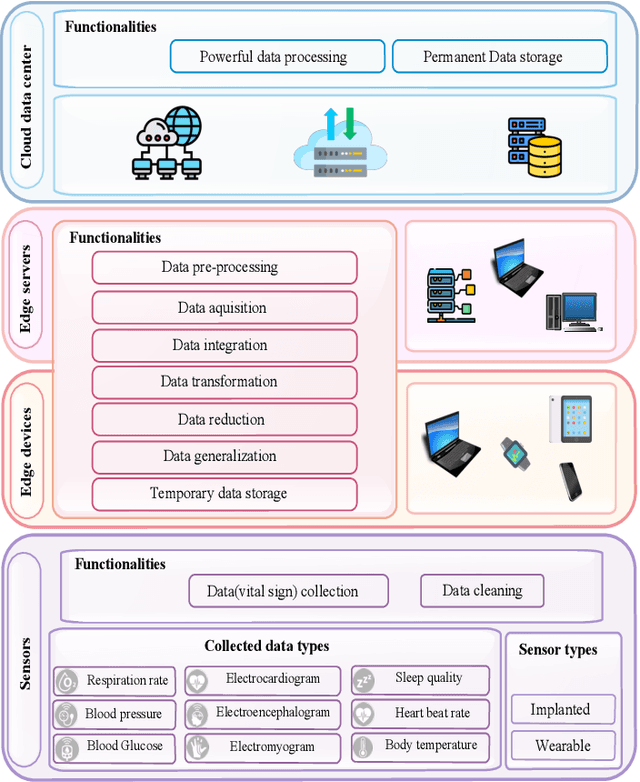
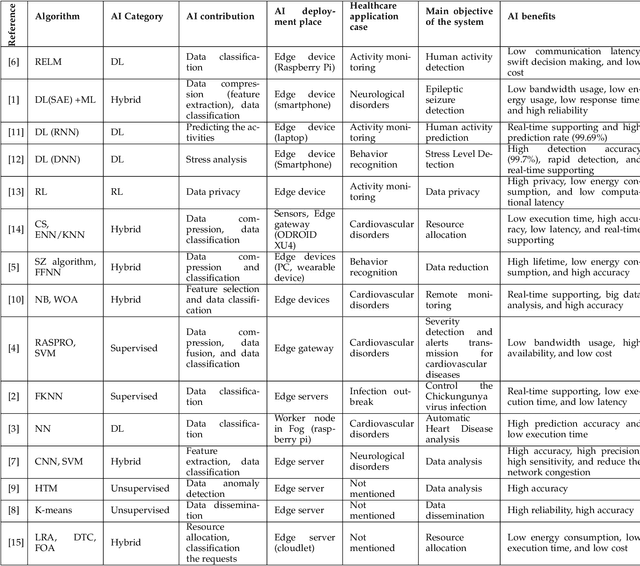
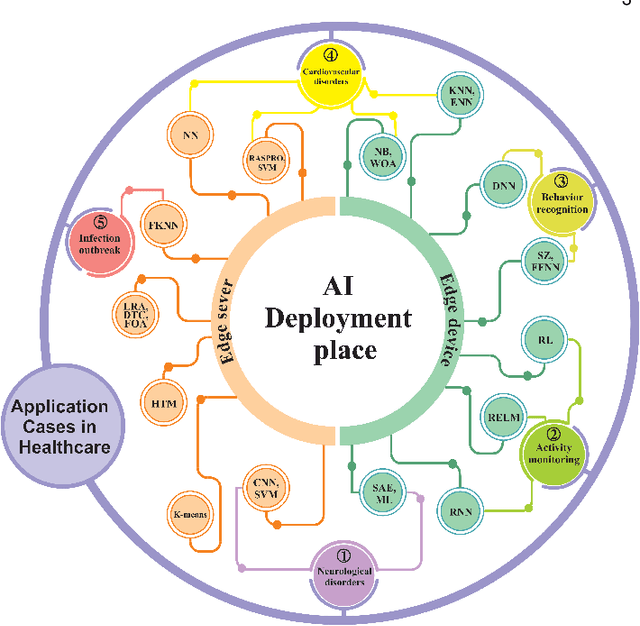

Abstract:The demand for real-time, affordable, and efficient smart healthcare services is increasing exponentially due to the technological revolution and burst of population. To meet the increasing demands on this critical infrastructure, there is a need for intelligent methods to cope with the existing obstacles in this area. In this regard, edge computing technology can reduce latency and energy consumption by moving processes closer to the data sources in comparison to the traditional centralized cloud and IoT-based healthcare systems. In addition, by bringing automated insights into the smart healthcare systems, artificial intelligence (AI) provides the possibility of detecting and predicting high-risk diseases in advance, decreasing medical costs for patients, and offering efficient treatments. The objective of this article is to highlight the benefits of the adoption of edge intelligent technology, along with AI in smart healthcare systems. Moreover, a novel smart healthcare model is proposed to boost the utilization of AI and edge technology in smart healthcare systems. Additionally, the paper discusses issues and research directions arising when integrating these different technologies together.
 Add to Chrome
Add to Chrome Add to Firefox
Add to Firefox Add to Edge
Add to Edge